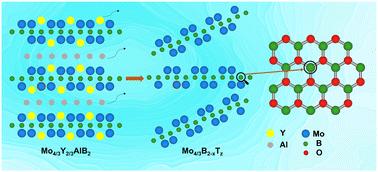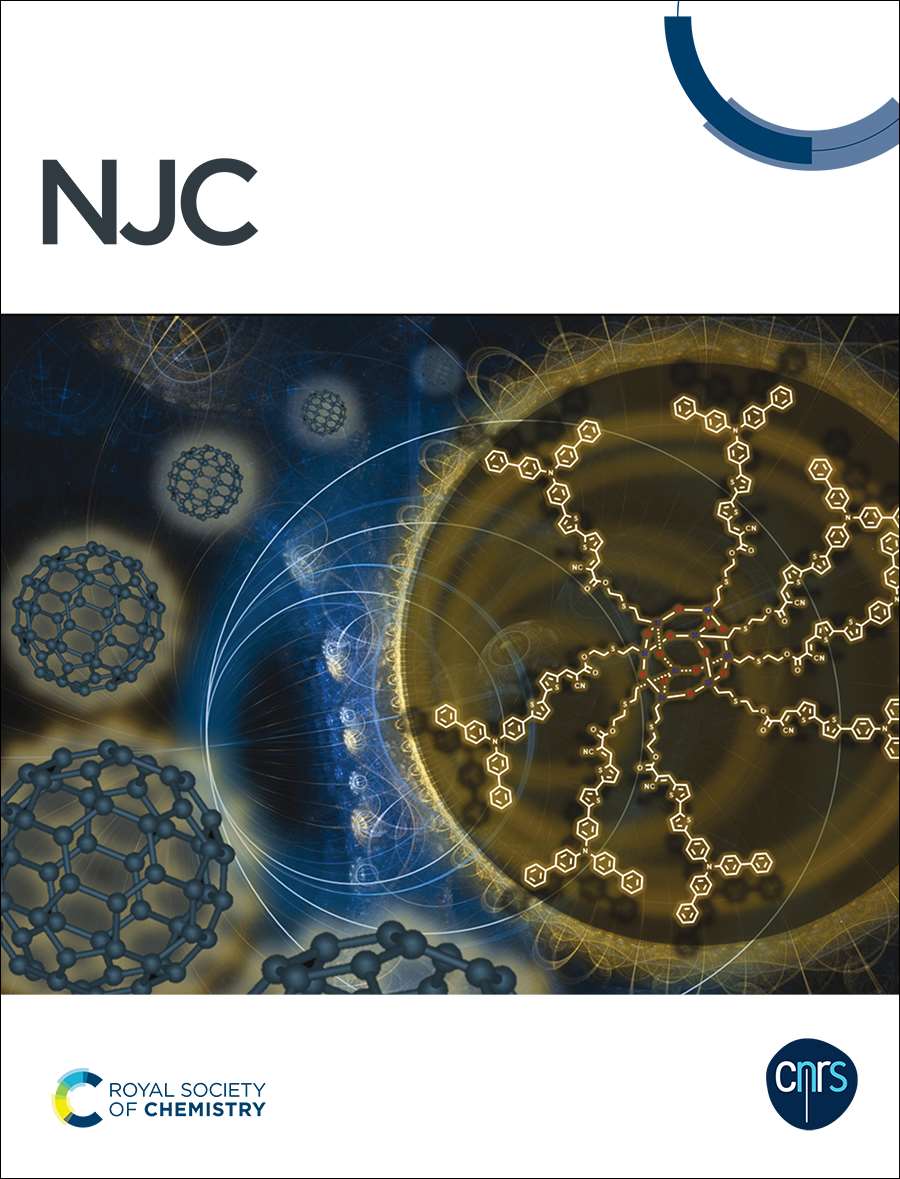二维Mo4/3B2−xtz2中硼的氧化和结构
IF 2.5
3区 化学
Q2 CHEMISTRY, MULTIDISCIPLINARY
引用次数: 0
摘要
来自i-MAB相的原子被选择性地蚀刻用于硼化物合成。然而,水暴露严重阻碍了二维硼化物的形成。通过核磁共振技术,我们精确地揭示了硼的氧化机理,并深入了解了硼的原子尺度性质。我们的发现为推进二维硼化物的研究提供了新的途径。本文章由计算机程序翻译,如有差异,请以英文原文为准。

Unraveling boron oxidation and structure in 2D Mo4/3B2−xTzvia solid-state NMR†
Atoms from i-MAB phases are selectively etched for boridene synthesis. However, water exposure severely hinders 2D boridene formation. By using NMR techniques, we precisely uncover the oxidation mechanism of boron and gain in-depth insights into the atomic-scale properties. Our findings offer a new avenue for advancing 2D boridene research.
求助全文
通过发布文献求助,成功后即可免费获取论文全文。
去求助
来源期刊

New Journal of Chemistry
化学-化学综合
CiteScore
5.30
自引率
6.10%
发文量
1832
审稿时长
2 months
期刊介绍:
A journal for new directions in chemistry
 求助内容:
求助内容: 应助结果提醒方式:
应助结果提醒方式:


